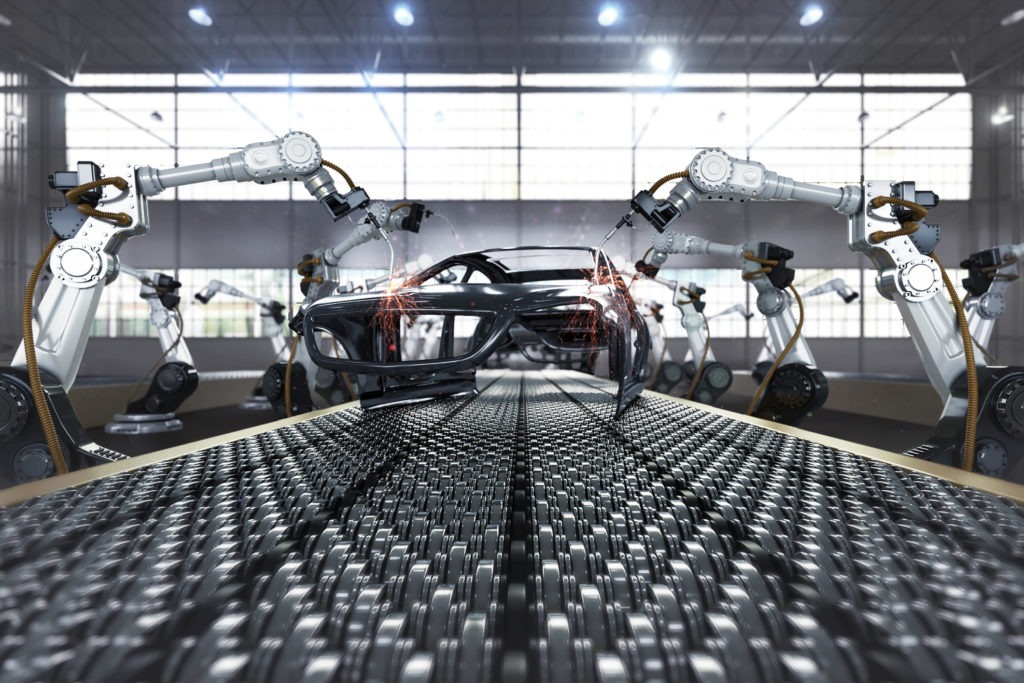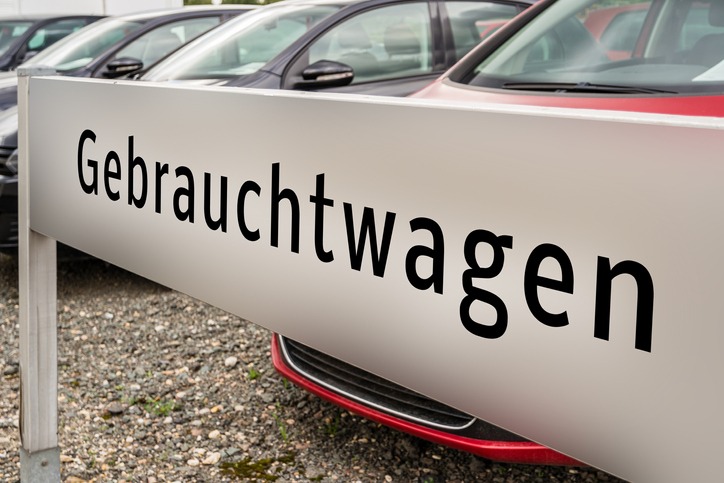Thousands of jobs at risk as regulations push for electrification
07 December 2021

The European Association of Automotive Suppliers (CLEPA) has warned that around 275,000 jobs are at risk as the industry switches from internal-combustion engine (ICE) to electric technology.
This is the finding of a report commissioned by the association looking into the impact of electrification on jobs in the automotive industry. While 226,000 new jobs are foreseen in electrically-chargeable vehicle (EV) powertrain production, 501,000 supplier jobs in ICE component manufacturing are expected to become obsolete if the technology is phased out by 2035.
The EU is considering its ‘Fit for 55’ proposals that would effectively see a ban on new ICE models by 2035, targeting a 100% reduction in emissions by that time. Therefore, carmakers are looking at a zero-emission vehicle future, with battery models dominating these plans.
But CLEPA and PwC Strategy& looked at the impact of three different Green Deal policy scenarios and their effects on employment in the industry, as well as the value-added among suppliers across the continent. These scenarios represented a mixed-technology approach, the current zero-emission only approach, and a radical battery-electric vehicle (BEV) ramp-up possibility. All three scenarios assume accelerated electrification to meet climate goals, with a high market share for EVs by 2030 of more than 50%, almost 80%, and close to 100%, respectively.
Deep losses
The study forecasts that in the EV-only scenario, 70% of the employment impact (359,000 jobs) will be felt between 2030 and 2035, with opportunities hinged on the establishment of a deep EU battery supply chain. Western European countries appear best placed as strongholds in EV powertrain production, while employment in Central Eastern European countries will remain highly dependent on ICE technology.
The study also states that up to €70 billion (70%) of the value creation related to electric powertrains will be connected to the processing of battery materials, the production of battery cells and cells modules, and the assembly of battery systems. CLEPA highlights that these activities will not necessarily be with the same companies or in the same regions, as they require significantly different skills and expertise compared to conventional powertrain technology. They are therefore unlikely to provide opportunities to most powertrain suppliers, in particular small- and medium-sized enterprises (SMEs), which employ around 20% of people working in the automotive supply industry.
As carmakers increasingly switch to electrification, they are better placed to compensate for the loss of activity in powertrain production. Suppliers, however, are only able to react with less agility, as they are bound by long-term contracts with vehicle manufacturers. This means they are more likely to be impacted by changes in technology due to legislation. The automotive manufacturing sector is responsible for more than 5% of the overall manufacturing employment in 13 EU member states, with more than 60% of these workers employed by automotive suppliers.
‘The study highlights the risks of an EV-only approach for the livelihood of hundreds of thousands of people working hard to deliver the technological solutions for sustainable mobility,’ stated CLEPA secretary-general, Sigrid de Vries. ‘As automotive suppliers are responsible for most of the manufacturing employment in the automotive industry, it is critical that we put jobs with automotive suppliers front and centre when managing the social and economic impact of the transformation.’
Combination needed
CLEPA suggests that by complementing electrification, a mixed technology approach, using renewable fuels, could deliver a 50% CO2 reduction by 2030 while maintaining jobs and creating added value.
‘Technology openness gives industry the needed time to transition while mitigating the social disruption often coupled with an abrupt change, without compromising on climate,’ the organisation said. ‘A planned and thoughtful transition consisting of a mixed technology approach keeps options open to adjust to new developments.’
The current Fit-for-55 proposal for CO2 standards looks only at the emissions coming from the tailpipe and ignores those related to the production of both vehicles and fuels, including how the electricity used to power new powertrains is created. CLEPA believes that to incentivise technologies with the lowest overall carbon footprint, emissions from vehicles should ideally be regulated on a lifecycle basis, with a Well-to-Wheel (WtW) approach as a first step, which considers the production and distribution of the fuel/electricity used to power a vehicle.
‘Emission reductions on the fuels/energy production side should be recognised when determining compliance with CO2 standards, for example through the introduction of a voluntary crediting mechanism, which enables an additional option for automakers to fulfil the fleet-wide targets with additional volumes of renewable fuels,’ the organisation added.
‘A technology open approach should include rapid electrification with clean and renewable energy, complemented by clean combustion technology with sustainable renewable fuels,’ de Vries said. ‘There are more options than tailpipe-zero emissions, and we need to recognise the role that climate-neutral fuels can play in reducing emissions, preserving consumer choice, affordability and towards maintaining Europe’s global competitiveness. Technology is not the enemy here but rather fossil fuels, and tech openness will be critical to delivering a just transition.’



